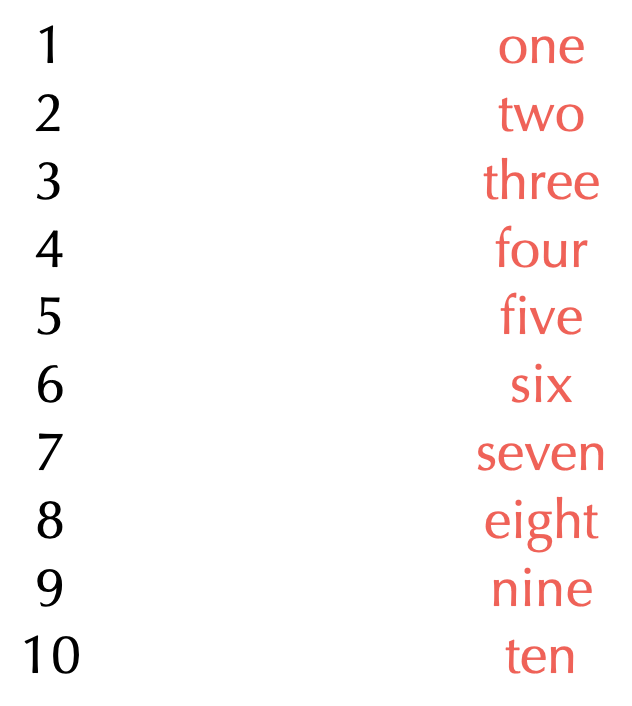The number words ONE, TWO, FOUR, and EIGHT have unusual spelling-sound mappings. Instead of memorizing them, you can take advantage of the fact that your students already know the numbers 1-10.
They can recognize the numerals and they know the words for them. The numerals provide strong contexts for the words.

If they see the numeral 2 with the word TWO, it’s clear that the word is pronounced “too”. If the numeral is 4 and the word is FOUR, it’s clear that the pronunciation is "for".
You can do the same thing for other number words as well.